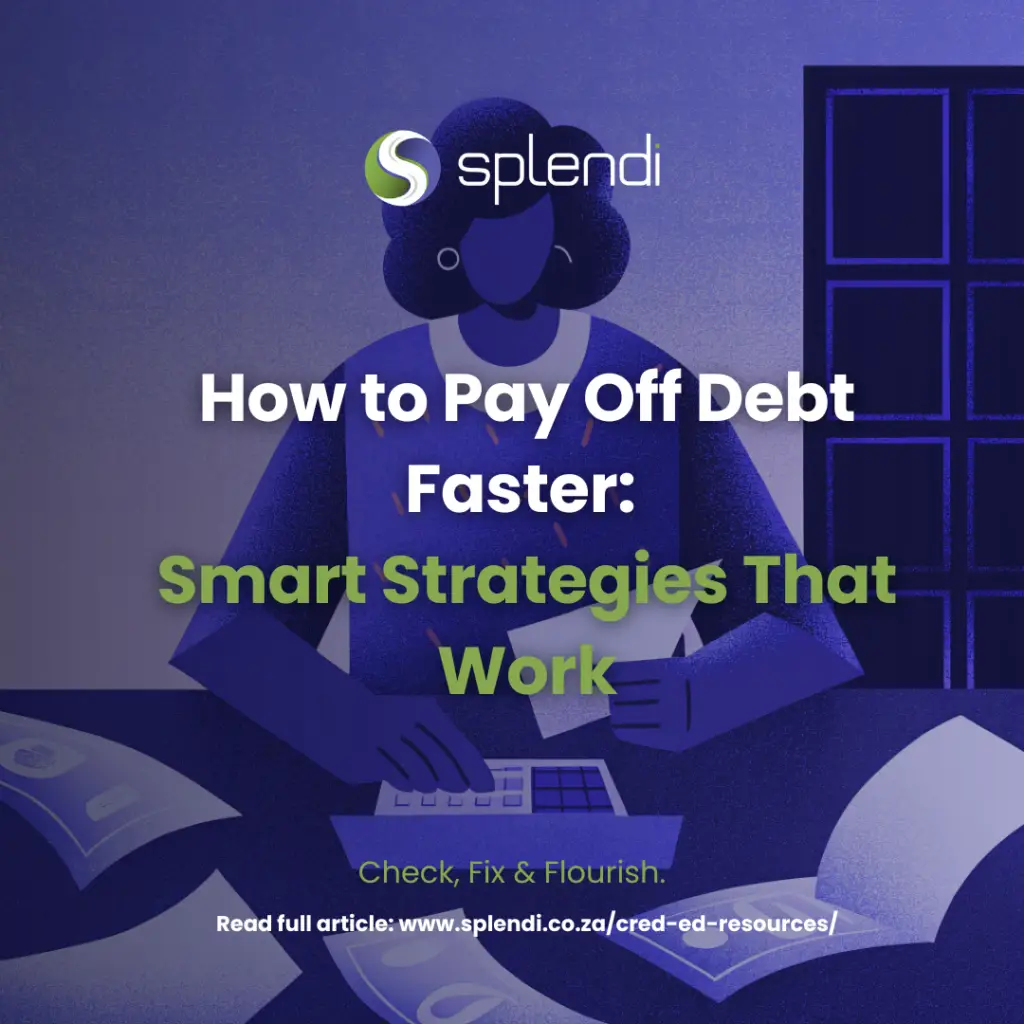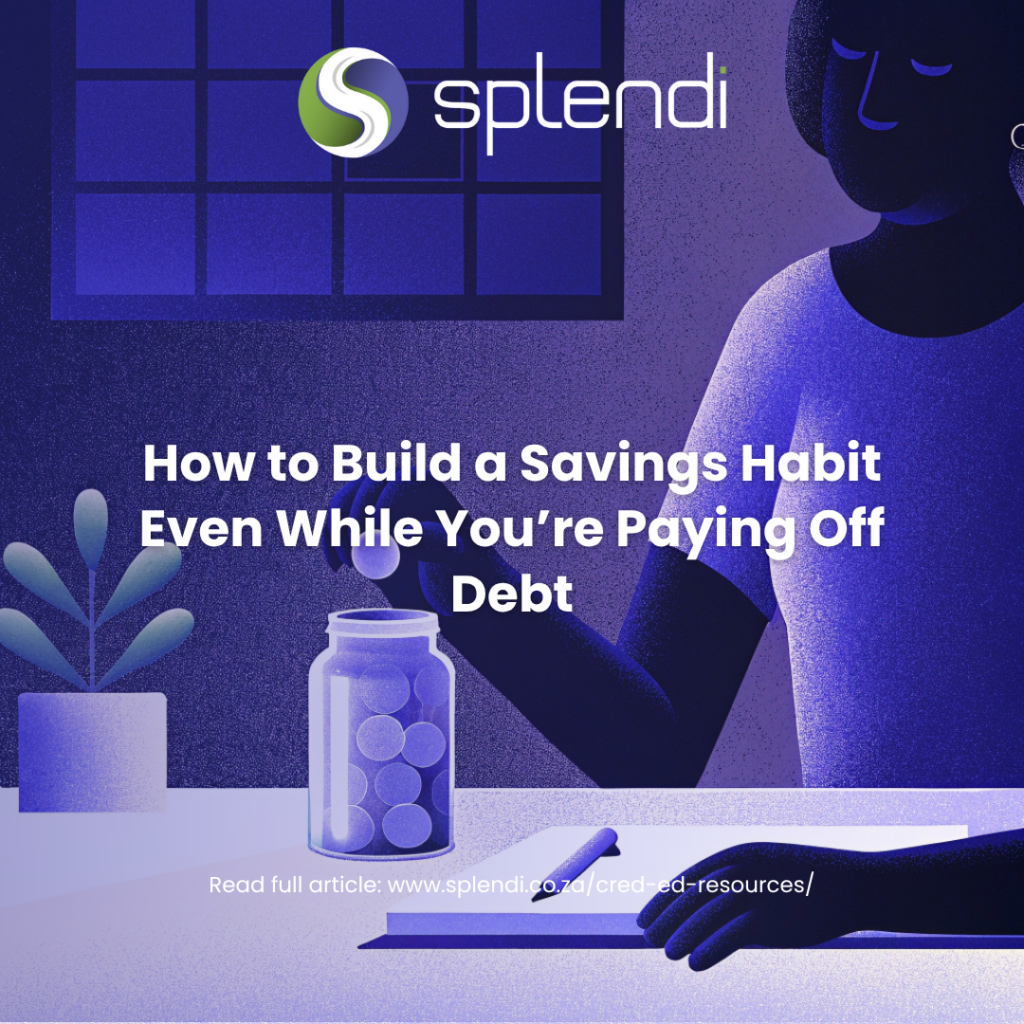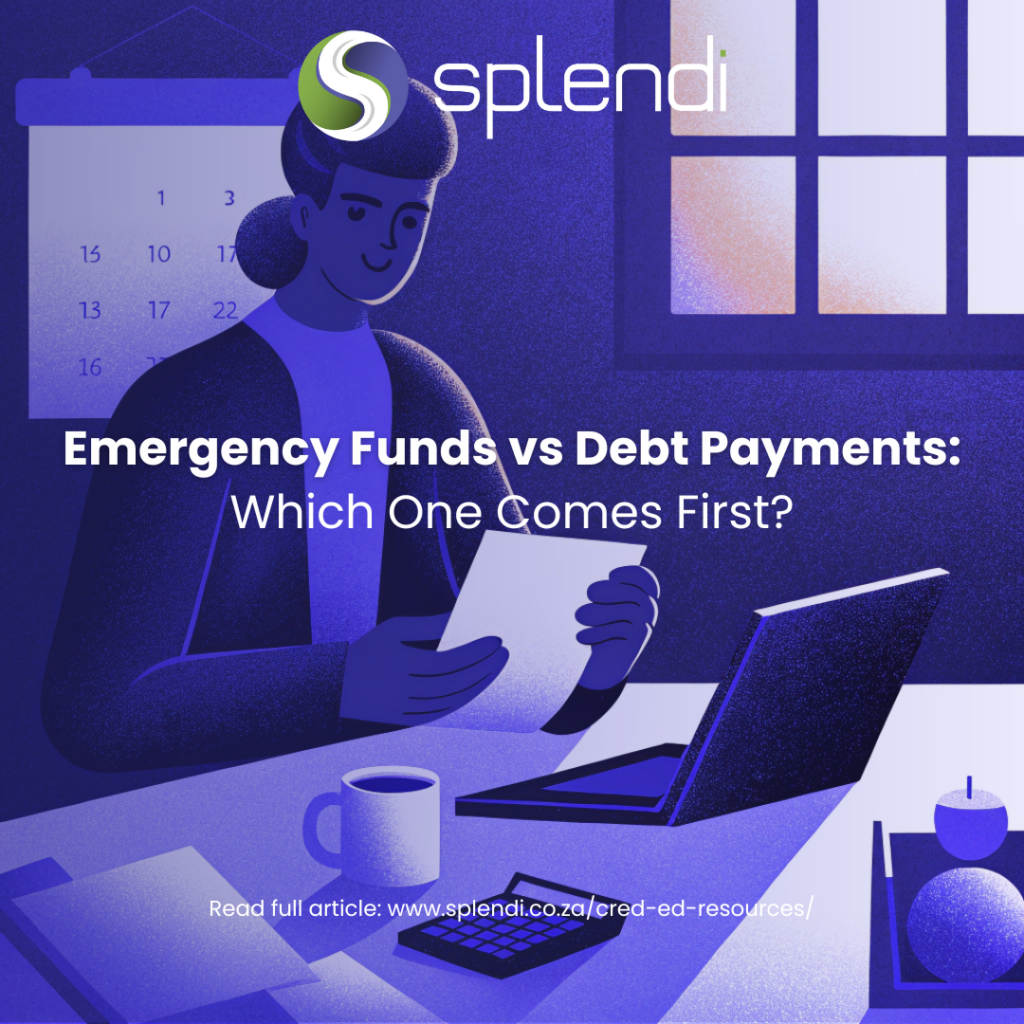Introduction
Drowning in debt can feel overwhelming, but with a clear strategy, paying it off faster is possible—and empowering. Whether it’s credit card debt, student loans, or personal loans, the key lies in choosing the right repayment method that suits your financial situation and sticking with it. In this article, we’ll break down the most effective debt repayment strategies—snowball and avalanche—and offer practical tips to help you gain control of your finances.
Understanding Your Debt
Before choosing a repayment strategy, it’s crucial to understand the full picture of your debt:
- Types of debt (e.g. credit cards, car loans, student loans)
- Interest rates on each
- Minimum monthly repayments
Scenario: Lindiwe owes R8,000 on a credit card with a 20% interest rate, R15,000 on a student loan at 7%, and R5,000 on a store account with 18%. With this information, she can now choose an effective strategy to tackle her debts.
The Snowball Method
This method focuses on paying off your smallest debts first to gain momentum.
How it Works:
- List all debts from smallest to largest balance.
- Make minimum payments on all except the smallest debt.
- Throw any extra money at the smallest debt until it’s paid off.
- Once cleared, roll that amount into the next smallest debt, and so on.
Best for: Those who need quick wins to stay motivated.
Example: Sipho pays off a R3,000 store card first, then applies that payment to his next smallest debt—a R7,000 credit card—creating momentum with each success.
The Avalanche Method
This method targets debts with the highest interest rate first, saving more money over time.
How it Works:
- List debts in order of interest rate, from highest to lowest.
- Make minimum payments on all except the highest interest debt.
- Direct any extra funds to the highest-interest debt.
- Once cleared, move on to the next highest.
Best for: Those who want to minimise interest payments.
Example: Zanele focuses on a R10,000 credit card at 22% interest before tackling her R12,000 student loan at 9% interest, saving hundreds in interest.
Other Smart Repayment Strategies
1. Debt Consolidation
Combine multiple debts into one loan with a lower interest rate. This simplifies repayments and can reduce the total interest paid.
2. Increase Monthly Repayments
Paying just a little more than the minimum can significantly reduce the repayment period and interest.
3. Cut Expenses & Reallocate Funds
Identify non-essential spending in your budget and redirect those funds toward debt.
4. Side Hustle or Freelance Income
If feasible, allocate extra income streams specifically for debt repayment. (But remember: not everyone needs a side hustle, and it’s OK to go at your own pace!)
5. Automate Payments
Avoid late fees by automating your debt payments, ensuring you never miss a due date.
Scenario: Themba cancels two unused subscriptions, saving R300 a month. He adds this to his credit card repayments and clears the balance four months earlier than expected.
Final Thoughts
Paying off debt isn’t just about money—it’s about peace of mind. Whether you choose the snowball, avalanche, or a hybrid approach, the most important thing is to start. Small, consistent steps lead to long-term financial freedom. You’ve got this.
Disclaimer: This article is for informational purposes only and should not be construed as financial advice. Splendi does not provide personalised financial, investment, legal, or tax advice. Always consult with a qualified financial advisor for guidance tailored to your individual circumstances.




